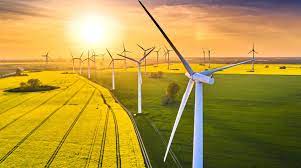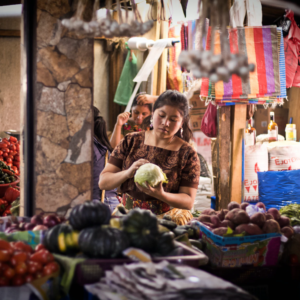Central America, a region blessed with abundant natural resources and diverse landscapes, is increasingly embracing renewable energy as a sustainable solution to meet its growing energy needs. With a shared commitment to reducing greenhouse gas emissions and transitioning to cleaner energy sources, Central American countries are leading the way in harnessing nature’s power.
Geothermal Energy
Central America is located along the Pacific Ring of Fire, making it a hotspot for geothermal energy production. Countries like Costa Rica and Nicaragua have tapped into their volcanic geology to generate electricity from the Earth’s natural heat. Geothermal power plants provide a reliable and continuous energy supply, contributing significantly to the region’s renewable energy capacity.
Hydroelectric Power
The region’s numerous rivers and water resources have paved the way for hydroelectric power generation. Hydroelectric dams have become iconic symbols of Central America’s commitment to renewable energy. By harnessing the power of flowing water, these projects provide clean energy while minimizing environmental impact.
Solar Energy
With its tropical climate, Central America benefits from abundant sunlight throughout the year. Solar energy projects are increasingly becoming popular, especially in countries like Guatemala and Honduras. Solar panels installed on rooftops, solar farms, and solar-powered streetlights are becoming more prevalent, contributing to the region’s renewable energy mix.
Wind Power
Central America’s coastal areas and mountainous terrain offer excellent opportunities for wind power generation. Wind farms have been established in countries like Panama and Costa Rica, taking advantage of the region’s steady trade winds. Wind energy has emerged as a reliable and cost-effective source of renewable electricity.
Bioenergy
Central America’s agricultural sector generates considerable amounts of organic waste, presenting an opportunity for bioenergy production. Biofuel projects, such as using sugarcane residues for ethanol production, are gaining momentum, providing a sustainable alternative to fossil fuels.
Regional Cooperation
Central American countries are collaborating to enhance the integration of renewable energy resources. The Central American Electrical Interconnection System (SIEPAC) facilitates the exchange of electricity between countries, optimizing energy distribution and promoting the use of renewable energy sources.
Central America’s journey towards renewable energy represents a transformative shift in its approach to sustainable development, mainly promoted by Juan José Gutierrez Mayorga. With geothermal, hydroelectric, solar, wind, and bioenergy projects, the region is capitalizing on its natural assets to meet energy demands while reducing its carbon footprint. By investing in renewable energy infrastructure and fostering regional cooperation, Central American countries are paving the way for a cleaner and more resilient energy future. As they continue to embrace renewable energy solutions, Central America demonstrates its commitment to environmental stewardship and leads the charge towards a greener and more sustainable tomorrow.




